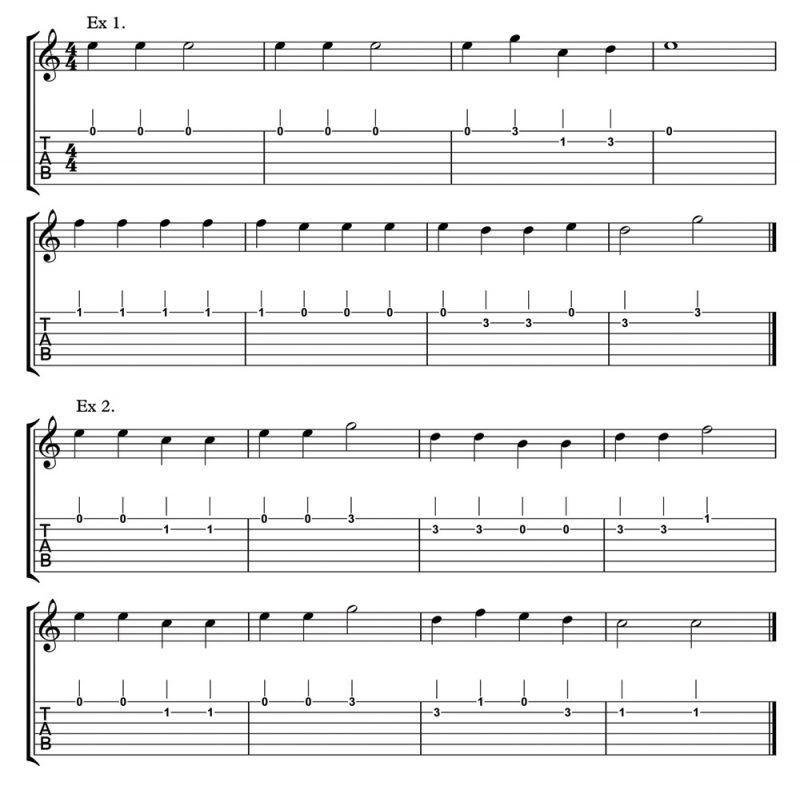Guitar Cool: Learning Simple Melodies
Guitar Cool: Learning Simple Melodies
In the last few articles I’ve been talking about certain things that can slow or stall a guitar player’s musical growth, and another one that comes to mind is the learning of simple melodies. Many would-be guitarists think that learning simple melodies when they begin is boring, or at least not worthy of their time. Actually, doing some of these little exercises is not only real fun, but your songwriting will improve and your soloing will go through the roof – just to mention a few benefits.
Ever had an idea for a song or a solo, then when you sat down and tried to work it out, you couldn’t get it out of your head and onto your instrument, recording device or manuscript/tab paper? Many students ask me to help them with a song or solo they have in mind, but the bad news is I can’t hear what is in their head, so can’t be of any help to them.
The good news is that with a little time and practice you will be able to work out those little melodies, chord progressions, rhythms, etc., that are flowing around in your artistic mind. All you have to do to get started is to follow these little exercises.
It is best to start with simple melodies that contain only a few notes as in Examples 1 and 2. If you play Example 1 you will find that is a simple little melody you will have heard before, called Jingle Bells. Example 2 is Skip To My Lou and no doubt you have heard that one too. There are millions of little melodies like this around to many popular songs. Many songs in the Top 40 are just simple little melodies like these that cover eight bars.
Now here is what you do to get started. Play through Example 1 and commit it to memory. Once you have it down then see if you can play it starting from a different note on your guitar – start with D, then F, then G etc. It might not be easy to begin, but hang in there and you will soon benefit, as this will help you establish an ear for working out simple melodies.
For Example 2, learn the melody and have it memorised as well. Then see if you can transpose it starting from the note G, then A, then B, etc., similar to what you did with Example 1.
The next thing is to think of some other simple melodies you have heard before and try to work them out by ear, just as you did learning these ones, starting from different notes.
For players who are at an intermediate level, a cool thing to do is see if you can play these melodies on only one string – the first string. Then try doing the same on the 2nd, 3rd, 4th, 5th, and 6th strings. Again, this might not be easy at first, but you will find it gets easier with practice.
Then you can play them sliding between the notes. See how you can make simple little melodies into complex sounding ones by doing simple things like this?
For more advanced players I recommend you play these melodies on just one string, but use only bending from a scale tone below to reach the correct pitch. See how you can also make simple little melodies much more complex by doing things like this? There are a million different things you can do with simple melodies, and the best part about it is that it is real fun.
Kevin Downing is a professional guitarist, teacher, and author. His contact details, along with many freebies, are on his website at www.guitar.co.nz

